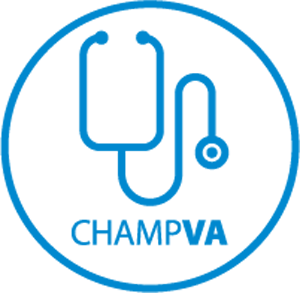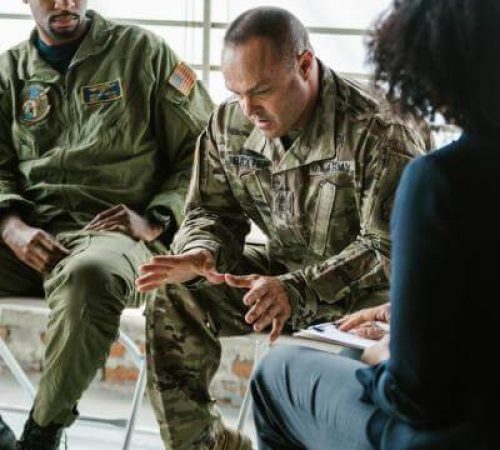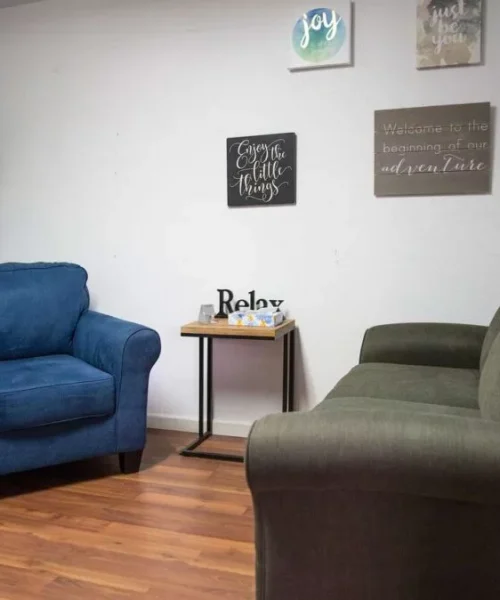Military and Veteran Addiction Rehab Treatment Statistics in the United States
In the United States, the number of military personnel and veterans who are struggling with substance use disorders (SUDs) has become a substantial concern. This is especially true for female personnel and veterans. There was a worrisome trend in addiction rates from 2005 to 2010 when SUD diagnoses among female veterans utilizing VA services rose by 81 percent.
To make matters worse, nearly one in three veterans seeking treatment for SUD also experience Post Traumatic Stress Disorder (PTSD), a dual diagnosis that complicates recovery efforts. The Substance Abuse and Mental Health Services Administration (SAMHSA) reported in 2018 that 41,000 veterans were diagnosed with addiction to painkillers, exemplifying the extensive influence of opioid misappropriation within this population. Despite the availability of specialized addiction treatment programs, the majority of veterans face barriers to accessing these resources, including logistical obstacles, stigma, and a lack of awareness about available services.
Female veterans, in particular, are at higher risk, with 43% of those utilizing VA services in 2019 diagnosed with a mental illness, increasing their vulnerability to SUD. Addressing these issues requires a comprehensive approach that integrates mental health and addiction services, ensuring that veterans receive the support needed to recover and thrive.






















